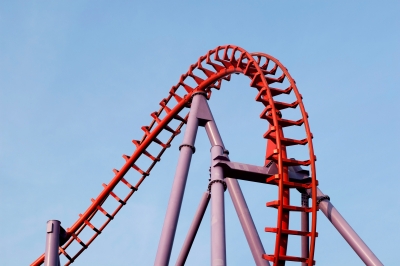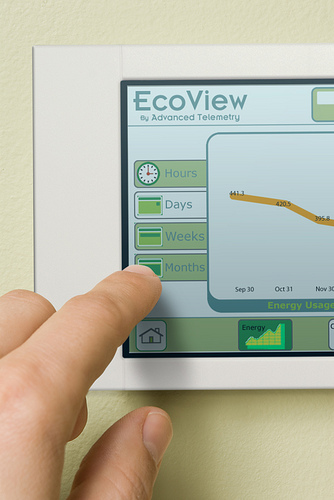Reducing your home’s carbon footprint isn’t just going to help the environment. Making a few small changes around your property could end up saving you thousands of dollars a year by cutting back on your electricity and gas bills. If you are ready to make your home as efficient as possible, then here is a look at some of the most common ways that energy is wasted and what can be done to prevent them.
Seal and Improve Your Insulation
It is an unfortunate fact that many people never even think about what type of insulation they have in their walls. Even if you have a newer home, the contractor may have done a sloppy job installing the insulation. Most modern insulation materials are very durable, but they need to be installed properly. If the contractor left gaps where the fiberglass batts are supposed to meet the 2×4’s heat can pass out in the winter and in, in the summer. Blown in cellulose in an attic can get blown around leaving gaps. Walls settle leaving cracks around windows and doors that create leaks. You should also take care of any air leakage in your home with all-purpose caulking or additional insulation. For just a couple of bucks you can seal up cracks and leaks. Air leaks cost us dearly. According to the Energy Star program, most people could save about 20 percent on their heating and cooling costs simply by sealing up air leaks.
Update Your HVAC System
The lifespan of an HVAC system depends on many different factors including the local climate, how many people live in the home, the state of the insulation, and how often you change your filters and how often you schedule service calls with a heating and cooling contractor. In addition to prolonging the life of your system, changing your filters also reduces the load on your fan thus uses less electricity.
Bryant Air Conditioning, Heating, Electrical & Plumbing says “not every improvement to your home is planned, especially when it comes to heating, cooling, electrical and plumbing. That’s when financing options come into play.” Many HVAC contractors are able to connect you with sources that offer affordable financing so you can upgrade your system. As a general rule, you should consider replacing the system if the yearly repairs cost more than 20 percent of a new system. Having a new system installed is also going to cut back on your monthly energy bills and improve your family’s comfort. New HVAC systems are more efficient than systems were even a few years ago. But as system get older they get even more inefficient… so replacing it can easily pay for itself in a few years.
Switch to High-Efficiency Appliances
Most families don’t realize just how much energy older appliances waste. Appliances from just a few years ago are nowhere near as efficient as modern Energy Star devices. Instead of purchasing all new HE products for your entire home, you might want to upgrade one appliance at a time. Energy Star rigorously tests new appliances to make sure that they are as efficient as possible. Installing new Energy Star appliances could also make you eligible for tax credits.
Replace Old Bulbs
Older bulbs are much less efficient because a large percentage of the energy that goes into the filament is turned into heat instead of light. Advanced LED bulbs turn almost 100 percent of the energy that they use into light. Replacing all of your old incandescent bulbs with LED bulbs could save you hundreds of dollars a year on your electricity bills. These newer bulbs are also designed to last for tens of thousands of hours.
In addition to these few tips and tricks, many homeowners will benefit from an energy audit as well. During an energy audit, a home inspector will scour your property for anything that is wasting gas or electricity. You can then use their report to make further changes around your home and save even more money.
You might also like:



